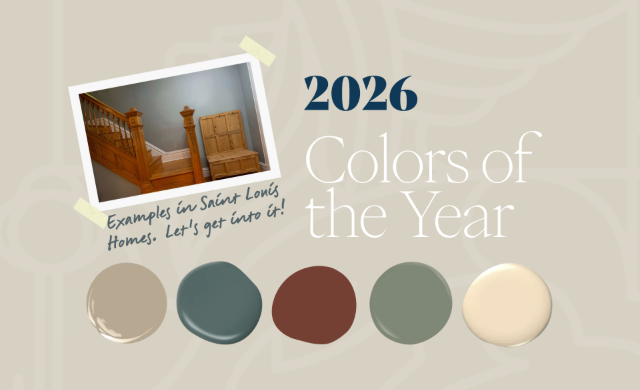Home Trends That Embrace Reuse, Recycle, and Thrift
In a world of fast furniture and throwaway décor, more homeowners are embracing reuse, recycle, and thrift design principles. By choosing secondhand finds, repurposed materials, and mindful decorating, you can reduce waste, save money, and create a home that’s both stylish and sustainable.
Reuse, Recycle, Thrift – the Rise of the “Slow Home” Movement
Inspired by the slow fashion and slow food philosophies, the slow home movement is all about mindful decorating. Instead of rushing to fill every corner with new purchases, people are taking time to curate their homes with intention. Think heirloom pieces, handmade items, and furniture that tells a story.
Vintage and Thrift Finds
Scouring flea markets, estate sales, and thrift stores is back in style (if it ever left). Whether it’s a mid-century credenza or a quirky lamp from the ’80s, vintage pieces add character and reduce your carbon footprint. Bonus: they’re usually better made than their fast-furniture counterparts.
> Check out our St. Louis Guide to Used, Vintage, and Antique Furnishings

Repurposed Materials and Upcycled Décor
More DIYers and designers are turning to salvaged wood, reclaimed bricks, and old hardware to create one-of-a-kind furniture and accents. Upcycling not only keeps materials out of landfills, but it also results in pieces you won’t see in every catalog or showroom.
Mix-and-Match Styling
Forget matchy-matchy sets. Eclectic interiors that combine different eras, styles, and textures are having a moment. This approach makes it easier to incorporate secondhand or inherited items into your home while creating a unique look that feels personal and layered.
Textile Swaps and Fabric Reuse
Old curtains can become cushion covers. Worn-out jeans can turn into patchwork throws. More people are turning to sewing, mending, and creative reuse to give fabric a second life. It’s practical, resourceful, and often incredibly beautiful.
Art with a Backstory
Instead of mass-produced prints, people are embracing original art, family photos, thrifted paintings, and DIY wall hangings. Whether it’s a gallery wall of vintage finds or your kid’s best finger painting in a thrifted frame, this trend makes your space feel personal and layered.
> Check out 10 Places to Buy Local Art
Low-Impact Refreshes
A full renovation isn’t always necessary. Sometimes all it takes is rearranging furniture, swapping rugs between rooms, or painting something you already own. These no-buy makeovers are cost-effective and better for the environment.
The Return of Repair Culture
From reupholstering chairs to refinishing wood furniture, the idea of fixing instead of tossing is gaining ground again. You don’t have to be a master craftsperson—local repair shops and YouTube tutorials can help bring tired pieces back to life.
Functional Minimalism
This isn’t about bare rooms and rigid rules—it’s about only owning what you love and use. By curating a home filled with meaningful objects (rather than trendy clutter), you create a space that’s calming, sustainable, and authentically yours.

Community Sharing and Swapping
Tool libraries, Buy Nothing groups, and neighborhood swap events make it easy to source home goods without spending a dime. It’s sustainable, budget-friendly, and helps build a sense of community.
Final Thought
Designing your home doesn’t require endless shopping or following the latest trends. By focusing on reuse, recycle, and thrift, you can create a space that’s not only beautiful and unique but also ethical and sustainable.



